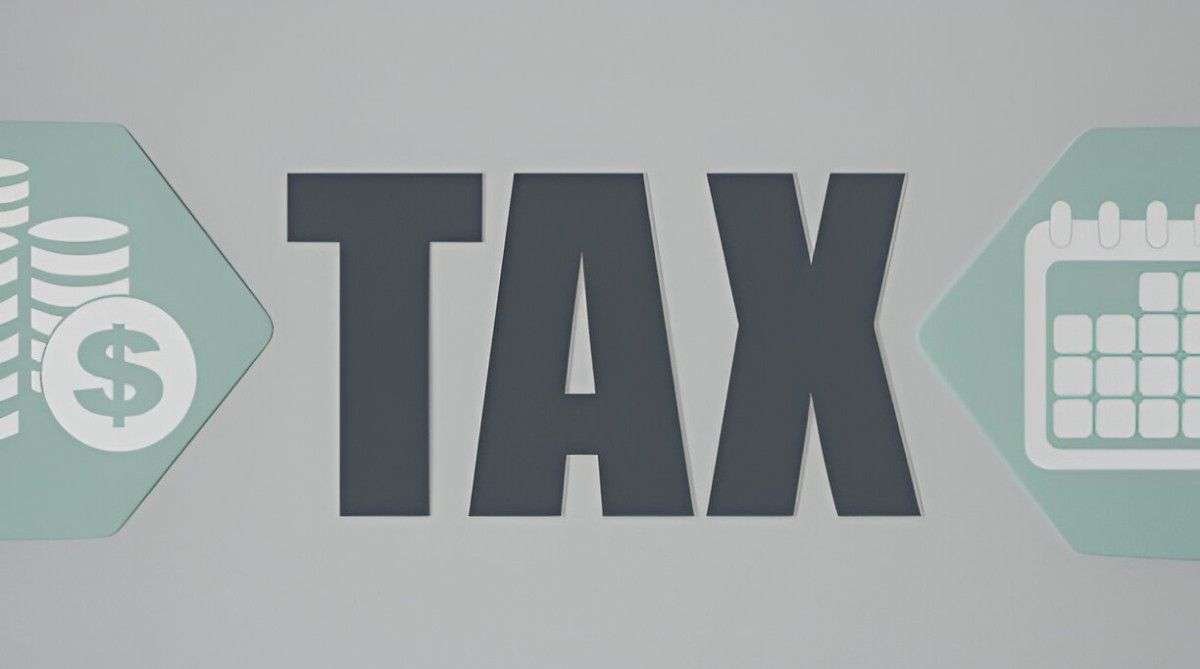When you’re working at a job that pays $16.50 an hour, one of the first questions you might have is how much that translates to annually, especially after taxes. Understanding your take-home pay, or net income, is essential for planning your budget, saving money, and figuring out if you’re meeting your financial goals. In this article, I will break down how much $16.50 an hour comes to per year, and I’ll take a close look at how taxes impact this amount. I will also provide some examples, use mathematical calculations, and incorporate tables for clarity.
Table of Contents
Understanding Hourly Pay
Before we get into taxes and deductions, let’s first figure out how much you would make before taxes (gross income) on an hourly wage of $16.50. To do this, we’ll need to calculate your total income for a full year assuming a standard full-time work schedule.
A typical full-time employee works 40 hours per week, and assuming there are 52 weeks in a year, this leads to:
40 , \text{hours/week} \times 52 , \text{weeks/year} = 2080 , \text{hours/year}If you earn $16.50 an hour, your gross annual income would be:
16.50 , \text{dollars/hour} \times 2080 , \text{hours/year} = 34,320 , \text{dollars/year}So, at $16.50 an hour, your gross income for the year would be $34,320.
The Impact of Taxes
Now, let’s dig into the taxes that will reduce your gross income to a lower, take-home amount. The amount you pay in taxes depends on a variety of factors including your filing status (single, married, etc.), your location, and any deductions or credits you qualify for.
There are several types of taxes you’ll encounter:
- Federal Income Tax
The United States has a progressive tax system, meaning you pay a higher rate on higher earnings. For example, if you fall within the 12% tax bracket, you’ll pay 12% on your income in that bracket. The rates for 2023 look like this for a single filer:
| Tax Rate | Income Bracket |
|---|---|
| 10% | $0 – $11,000 |
| 12% | $11,001 – $44,725 |
| 22% | $44,726 – $95,375 |
If you’re earning $34,320 a year, your federal income tax would be calculated as follows:
- 10% on the first $11,000 = $1,100
- 12% on the remaining amount ($34,320 – $11,000 = $23,320) = $2,798.40
So, your total federal income tax would be:
1,100 + 2,798.40 = 3,898.40 , \text{dollars/year}- Social Security and Medicare Taxes (FICA)
The Federal Insurance Contributions Act (FICA) includes Social Security and Medicare taxes. These taxes are a set percentage of your income:
- Social Security tax rate is 6.2% on earnings up to $160,200 (for 2023).
- Medicare tax rate is 1.45% on all earnings, with no cap.
For a $34,320 income, your FICA taxes would be:
- 6.2% of $34,320 = $2,126.24 (Social Security)
- 1.45% of $34,320 = $497.64 (Medicare)
Your total FICA taxes would be:
2,126.24 + 497.64 = 2,623.88 , \text{dollars/year}- State Income Tax
State income tax rates vary by state, with some states having no income tax at all. For this example, let’s assume you live in a state with a 5% income tax rate.
Your state income tax would be:
5% \times 34,320 = 1,716 , \text{dollars/year}- Other Deductions
Depending on your job, there may be additional deductions for things like retirement savings (e.g., 401(k) contributions), health insurance, and other benefits. These can vary greatly depending on your employer and personal choices. For simplicity, I’ll leave these out for now, but it’s important to consider them in your overall tax calculation.
Calculating Your Take-Home Pay
Now that we have all the relevant taxes, we can calculate your net income (take-home pay). From the gross income of $34,320, you’ll subtract the following:
- Federal Income Tax: $3,898.40
- FICA Taxes: $2,623.88
- State Income Tax: $1,716
Total Taxes:
3,898.40 + 2,623.88 + 1,716 = 8,238.28 , \text{dollars/year}Now, subtract the total taxes from your gross income:
34,320 - 8,238.28 = 26,081.72 , \text{dollars/year}So, after taxes, your annual take-home pay would be approximately $26,081.72.
Monthly Breakdown
To better understand your monthly finances, let’s break your annual take-home pay down into monthly payments:
\frac{26,081.72}{12} = 2,173.48 , \text{dollars/month}So, after taxes, you would take home about $2,173.48 per month.
Comparing Different Scenarios
Now let’s compare how different tax rates or deductions could affect your take-home pay. We’ll look at a few scenarios to give you a better understanding of how these factors impact your income.
| Scenario | Gross Income | Federal Tax | FICA Tax | State Tax | Total Taxes | Net Income | Monthly Take-home |
|---|---|---|---|---|---|---|---|
| Standard (5% state tax) | $34,320 | $3,898.40 | $2,623.88 | $1,716 | $8,238.28 | $26,081.72 | $2,173.48 |
| Higher State Tax (8%) | $34,320 | $3,898.40 | $2,623.88 | $2,745.60 | $9,267.88 | $25,052.12 | $2,087.68 |
| No State Tax (0%) | $34,320 | $3,898.40 | $2,623.88 | $0 | $6,522.28 | $27,797.72 | $2,316.48 |
From the table, we can see that state income tax significantly affects your take-home pay. Living in a state with no income tax, for example, increases your annual net income by over $1,700 compared to living in a state with an 8% tax rate.
Key Takeaways
- Gross Income: At $16.50 an hour, your gross income would be $34,320 per year.
- Federal Income Tax: You’ll pay about $3,898.40 in federal income taxes if you’re a single filer.
- FICA Taxes: You’ll pay $2,623.88 for Social Security and Medicare taxes.
- State Income Tax: Depending on where you live, you may pay anywhere from $0 to several thousand dollars in state taxes.
- Net Income: After all taxes, your take-home pay would be around $26,081.72 per year, or $2,173.48 per month.
Understanding how $16.50 an hour translates to an annual salary after taxes is crucial for budgeting, saving, and managing your financial goals. This breakdown should help you gain a clearer perspective on your finances and give you a solid foundation for making informed decisions about your work and income.





